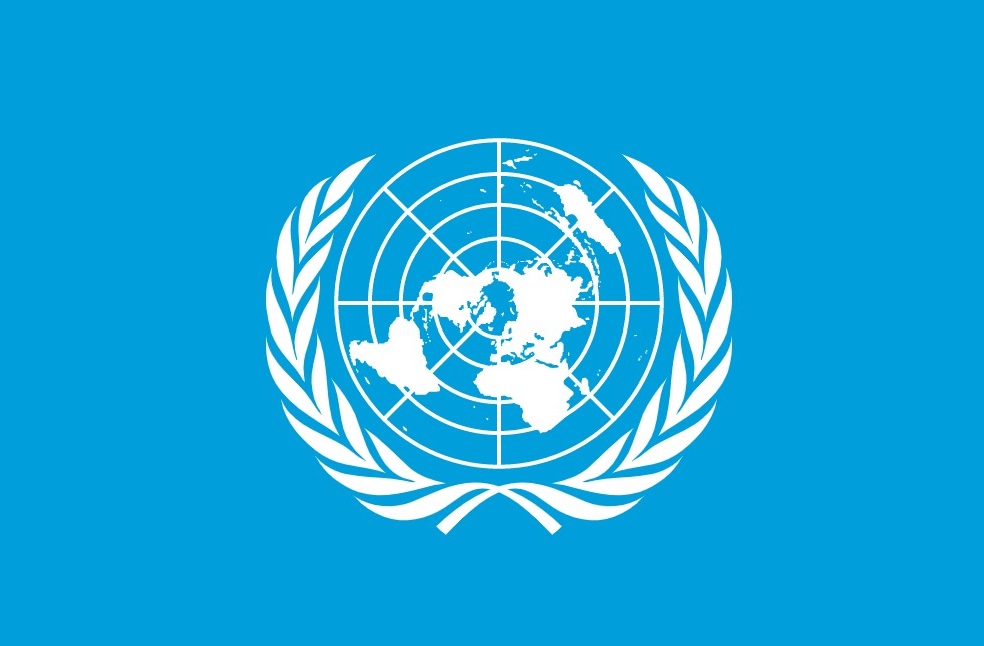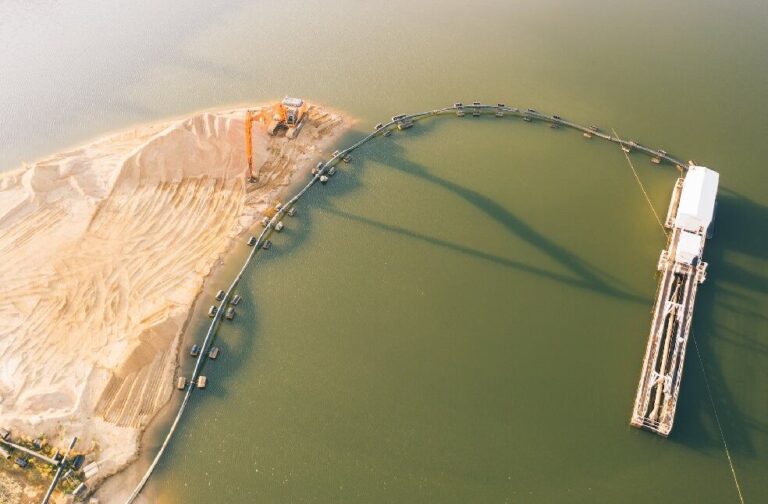London, UK: The United Nations (UN) warns that approximately six billion tonnes of sand are extracted from the world’s oceans annually, posing threats to marine life and coastal communities.
Sand is the second most exploited natural resource globally, following water, and it’s essential for making concrete and glass. The UN Environment Programme (UNEP) stated that some vessels were acting as vacuum cleaners, dredging both sand and microorganisms that fish feed on.
The release of fresh data coincides with the introduction of a new tool called Marine Sand Watch. This tool employs marine tracking and artificial intelligence to monitor dredging activities.

“The scale of environmental impacts of shallow sea mining activities and dredging is alarming,” said Mr. Pascal Peduzzi, who heads UNEP’s analytics centre, GRID-Geneva.
According to the new platform’s estimates, of the roughly 50 billion tonnes of sand and gravel consumed by humanity annually, around six billion tonnes are sourced from the world’s oceans and seas on average. This is the equivalent of “more than one million dump trucks every day”, Mr. Peduzzi quoted.
The head emphasised the need to allow the marine environment to heal over time and stressed that the current situation is unsustainable.

Mr. Peduzzi noted that the large vessels were essentially depleting the seabed of sand and destroying the microorganisms that serve as food for fish.
The UNEP suggested banning sand dredging from beaches to safeguard coastal resilience and economies. Sand is crucial for building structures, roads, hydroelectric dams, and solar panels. Additionally, it serves a vital environmental function by shielding communities from the impacts of rising sea levels.



